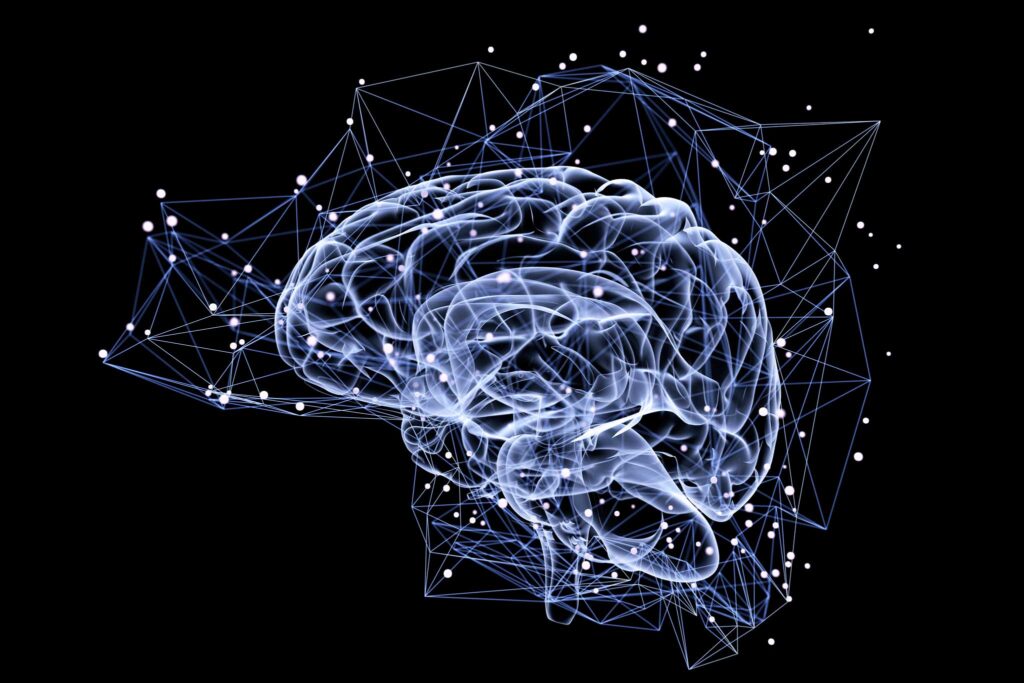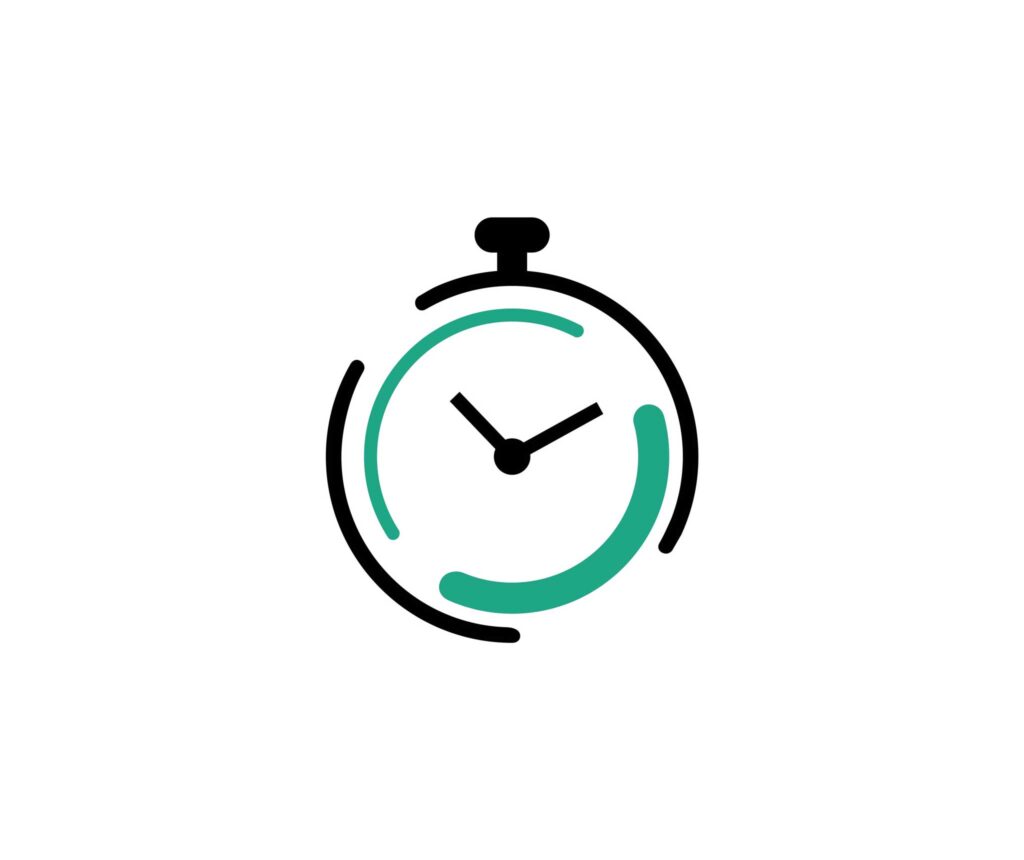Transcranial magnetic stimulation therapy (TMS) has emerged as a groundbreaking treatment for various neurological and psychiatric conditions, mainly major depressive disorder and treatment-resistant depression. Transcranial magnetic stimulation uses magnetic fields to stimulate specific regions of the brain involved in the regulation of emotions and mood. TMS therapy can provide relief for individuals suffering from major depression symptoms, many times more effectively than antidepressant medications. However, after receiving TMS therapy, patients and clinicians are keen to understand the longevity and durability of the effects of TMS treatment.
How long does TMS last? How many sessions are required? How many times can I get TMS therapy? How do I know if it worked?
In this article, we aim to answer these questions and more.
Understanding TMS Therapy
Transcranial magnetic stimulation involves the application of targeted magnetic pulses that stimulate specific areas of the brain responsible for mood regulation and other cognitive functions. It is primarily used in cases of treatment-resistant unipolar major depression, but research is ongoing for its potential efficacy in other psychiatric disorders such as anxiety disorders, obsessive-compulsive disorder (OCD), and post-traumatic stress disorder (PTSD).
TMS treatment sessions are typically conducted daily or several times a week, and each session lasts approximately 20 to 40 minutes. This is why TMS therapy is sometimes called repetitive transcranial magnetic stimulation therapy. The total number of sessions required may vary depending on the individual’s condition and response to treatment, but a typical course of TMS treatment is about 6 weeks.
The Science Behind TMS
Transcranial magnetic stimulation (TMS) therapy works by utilizing magnetic fields to influence and modulate neural activity within specific regions of the brain. When the coil emits these magnetic pulses, they penetrate the skull and induce electrical currents within the targeted brain area. These currents, in turn, stimulate the nerve cells and neurons in that region, leading to changes in their firing patterns. Over repeated sessions, this neuromodulation process can result in alterations to the brain’s neural circuits, particularly those involved in mood regulation and cognitive functions.
While the exact mechanisms behind TMS’s effectiveness are still being studied, the treatment’s non-invasive nature and minimal side effects make it an appealing option for patients seeking alternative therapies. Moreover, the procedure’s outpatient nature allows individuals to undergo treatment without the need for hospitalization, enabling them to resume their daily activities shortly after each session.

Note: It’s important to note that repetitive TMS therapy and electroconvulsive therapy (ECT) are not the same things. TMS therapy is a non-invasive treatment and doesn’t require any downtime. ECT, on the other hand, is a very invasive treatment that can induce seizures, requires anesthesia, and typically comes with serious side effects.
Effectiveness and Duration of TMS Treatment
Numerous clinical studies and trials have demonstrated its ability to bring significant relief to patients who have not responded well to traditional treatments. By targeting specific regions of the brain responsible for mood regulation and cognitive functions, TMS can induce changes in neural activity, leading to improvements in mood and alleviation of depressive symptoms.
Research has demonstrated that approximately 60% of individuals suffering from depression which is resistant to treatment have experienced an improvement in their condition after receiving TMS treatment. Additionally, about one-third of those who undergo this treatment experience complete remission from their symptoms. TMS therapy can also be used alongside traditional antidepressant medication and psychotherapy for a more comprehensive treatment approach.
Factors Influencing Treatment Duration
While an individual TMS treatment session lasts anywhere from 20 to 40 minutes, the entire course of treatment usually lasts for several weeks. Usually, at the beginning of a course of treatment, patients come in 5 times a week, then gradually taper down the frequency of treatment during the last 2-3 weeks of treatment. Treatment length can vary based on the modality of TMS therapy the patient is receiving, however, a typical course of TMS treatment lasts about 6 weeks. Some individuals may require fewer sessions to experience significant improvements, while others might benefit from an extended treatment plan to achieve the desired outcomes.
How Long Does TMS Treatment Last?
TMS therapy is still a relatively new treatment, and exactly how long TMS treatment is able to mitigate depression symptoms is still being studied. Research suggests that many patients continue to experience relief beyond the immediate post-treatment period. Most patients maintain improvement in their symptoms six months to a year after completing the TMS treatment process. Some have reported lasting relief for much longer than a year. At Neuro Wellness Spa, over 75% of our patients have seen positive results and symptom reduction from their TMS treatment. If you’ve tried psychiatric medication and talk therapy, but are still struggling with major depressive disorder, consider learning more about transcranial magnetic stimulation.
That being said, TMS is not a permanent cure for any neurological or psychiatric condition. In some cases, depression symptoms may gradually return after the initial improvement, necessitating additional maintenance TMS treatments to prolong the positive outcomes.

Maintenance Treatments in TMS Therapy
Unfortunately, the effects of TMS treatment are not permanent, however, because of the relatively low risk of side effects and non-invasive nature of TMS, there is typically no issue with receiving additional treatment after an initial treatment course. In fact, maintenance treatments can play a vital role in sustaining the positive effects of TMS treatment.
While many patients experience significant improvements in their symptoms following the initial sessions, the durability of these effects can vary from person to person. Some individuals may enjoy long-lasting relief, while others may experience a gradual return of symptoms over time.
Frequency of Maintenance Treatments
Maintenance treatments are designed to help prolong the benefits of TMS therapy and prevent symptom relapse. These sessions typically occur after the initial treatment course is completed and can be spaced out over several weeks or months, depending on the patient’s response and specific needs. By providing ongoing stimulation to the targeted brain regions, maintenance treatments help to reinforce the neural changes induced by the initial TMS sessions, thus promoting sustained improvement in mood and cognitive functioning.
Necessity of Maintenance Treatments
The necessity of maintenance treatments is especially evident in conditions like depression, where recurrent episodes are common. Reintroduction of TMS, when symptoms reappear, can restore its positive effects. Moreover, maintenance TMS sessions are often less frequent and shorter in duration than the initial treatment course, making them more convenient and accessible for patients. Working closely with healthcare providers, individuals can tailor their maintenance treatment schedules to suit their unique circumstances, ensuring that the benefits of TMS therapy are maximized in the long term.
Is TMS Therapy is Right for You?
Transcranial magnetic stimulation (TMS therapy) is a groundbreaking treatment option for individuals struggling with treatment-resistant depression and other neurological and psychiatric conditions. Through targeted magnetic pulses, TMS stimulates specific brain regions associated with mood regulation, leading to positive changes in neural activity and alleviation of depressive symptoms.
While TMS is not a permanent cure for depression, research has shown that many patients continue to experience relief beyond the immediate post-treatment period. Moreover, approximately 60% of individuals with treatment-resistant depression have experienced improvement, with one-third achieving complete remission from their symptoms after TMS treatment. By reinforcing the neural changes induced by the initial sessions, maintenance treatments help prolong the benefits of TMS therapy and prevent depression relapse.
At Neuro Wellness Spa, treating depression doesn’t have to be hard. Our team of experienced mental health professionals and psychiatrists are dedicated to providing compassionate care and guiding you through the journey towards improved well-being. Contact us today to learn more about TMS therapy or schedule an assessment with one of our psychiatrists, either in-person or online. If you’re curious about other mental health treatments, we also offer psychiatric medication management to regulate levels of neurotransmitters in the brain which can alleviate depression symptoms. Additionally, psychotherapy can help you identify and treat the underlying causes of mental health conditions and learn effective coping skills. Don’t let depression hold you back. Take the first step towards a brighter future today.